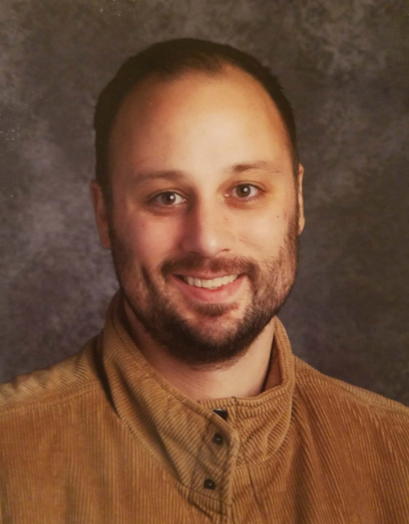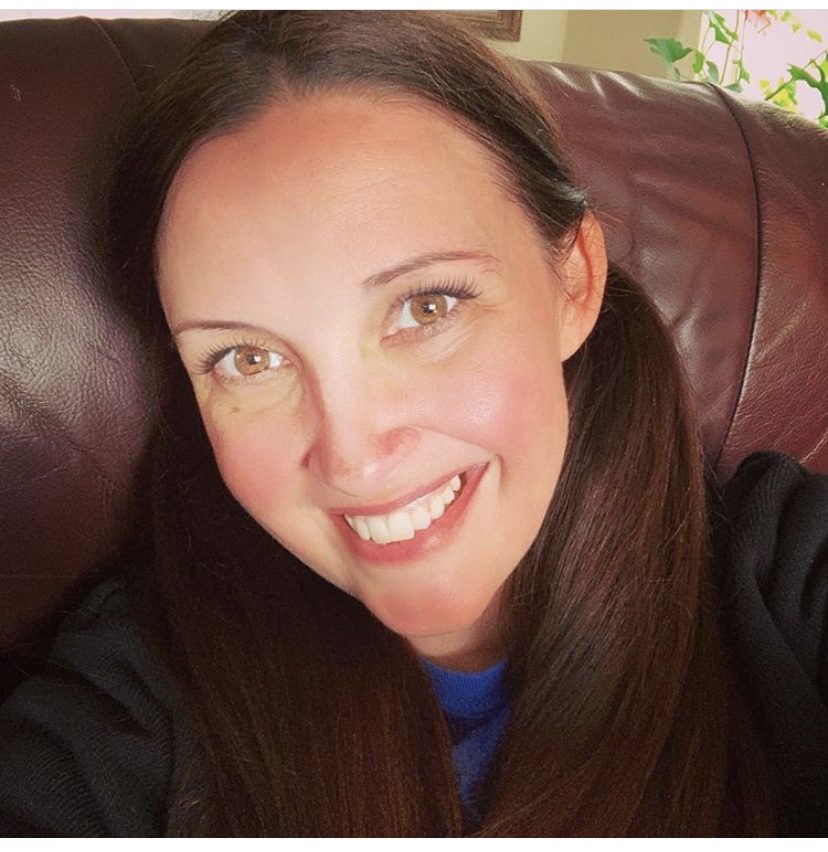
Stories from the Field-Effective Practices for Co-Teaching
Stories from the Field
One of the most common pieces of feedback CCTS receives related to the Inclusionary Practices Project (IPP) is that people want access to what others are doing in the field. "Stories from the Field” is an ongoing way we hope to amplify voices so we can learn from one another’s experiences.
Effective Practices for Co-Teaching with Evergreen Public Schools
In August, 2020 Gary Hale (CCTS Project Specialist) interviewed Darren Benson (CTE Business and Marketing Teacher) and Heather Heap (Special Education Teacher) to talk about their experience in co-teaching a financial literacy class together last year.
The conversation addresses various topics such as best practices for co-teaching, the importance of flexibility, and how to sustain inclusionary practices for years to come.
At the start of the year, it's important to sit down with your co-teacher and come up with roles and expectations and to be open about that.
Darren Benson CTE Business and Marketing Teacher, Evergreen Public SchoolsTell us a little bit about yourself. What is your role in your district?
Heather: I've been a Special Education Teacher at Evergreen High School for the last five years and come from having 20 years of experience in special education. I'm also an Instructional Lead at ESDU as well as a parent of a middle school student with special needs so I bring multiple perspectives to the conversation.
Darren: I'm the CTE Business and Marketing Teacher at Evergreen High School. I've been teaching for two years and, before that, I was in industry doing international finance as well as management and marketing.
Collaboration and co-teaching can sometimes be challenging. What strategies have you used to make this effective?
Heather: Darren and I both have this common goal of trying to create independent, globally competitive people. And that's the starting point. Darren brings his industry experiences to the table and presents ideas to the students that they may not have been thinking about and then the strategies I present help them to achieve their goals. And then, flexibility and communication had to be there and especially in how we communicated with parents. For example, whenever we were e-mailing with parents, counselors, or case managers, we would always CC each other to make sure one another were included. Another thing was that we shared all parts of the learning cycle - setting the expectations with the students, co-planning on instruction, and assessing students.
Darren: At the start of the year, it's important to sit down with your co-teacher and come up with roles and expectations and to be open about that. And as far as inclusion, be flexible and provide student voice. I'm not going to hold onto a death grip for something I want to see happen in a class period - if students have ideas or frustrations, I'm happy to make changes to accommodate them.
Specific question for you, Darren. Seeing that you are new to teaching and Special Education, what are some practices or strategies you learned which helped you be more inclusive of special education students?
Darren: My biggest focus was differentiation and also creating more bigger projects that everyone could be included in and have success. Focusing more on the big picture goal helped me be able to tweak a project to support an individual need.
Heather: And I can add that I was really impressed with the philosophy that Darren brought to the classroom because students were able to learn really valuable things by attacking these problems or big projects. Darren would present a project such as figuring out how to do your taxes and then each student was able to tackle that problem in their own way because they were given flexibility and choice.
I think all of us - general education, special education, and administrators - need to buy-in to this style of teaching and then create some shared guidelines for how to do it. And then it's about having proper training that is ongoing.
Heather Heap Special Education Teacher, Evergreen Public SchoolsWhat do you think will help inclusive practices become sustainable for years to come?
Heather: I think all of us - general education, special education, and administrators - need to buy-in to this style of teaching and then create some shared guidelines for how to do it. And then it's about having proper training that is ongoing. And it being ongoing is key because all of us need professional development to continue to get better at what we do as educators.
Darren: This year, I had 33 students in my class and half of them were special education students. While Heather and I had a great co-teaching relationship and we made it work, I think both of us would say that it was challenging to give every student the individual attention they needed. So if you want to have a higher percentage of special education students in the general ed classroom, then you need to lower the overall number of students in the classroom.
What is a resource you would recommend to others?
Darren: SIOP Training. It provided me with general techniques and things to do with students. And it also gives you specific examples that you might run into with a student and how to respond or better understand them.
Heather: Culturally Responsive Teaching and the Brain. This book helped me become a more reflective teacher. It talks about how we're all building a culture whether we want to or not. And are we being inviting to students and how providing a safe environment for them to be in our classroom? I found this book to be super helpful because it provided a study guide with lessons. I even used some of the lessons with students and it really empowered them to own the culture in their classroom.

Darren Benson
CTE Business and Marketing Teacher,
Evergreen Public Schools

Heather Heap
Special Education Teacher,
Evergreen Public Schools